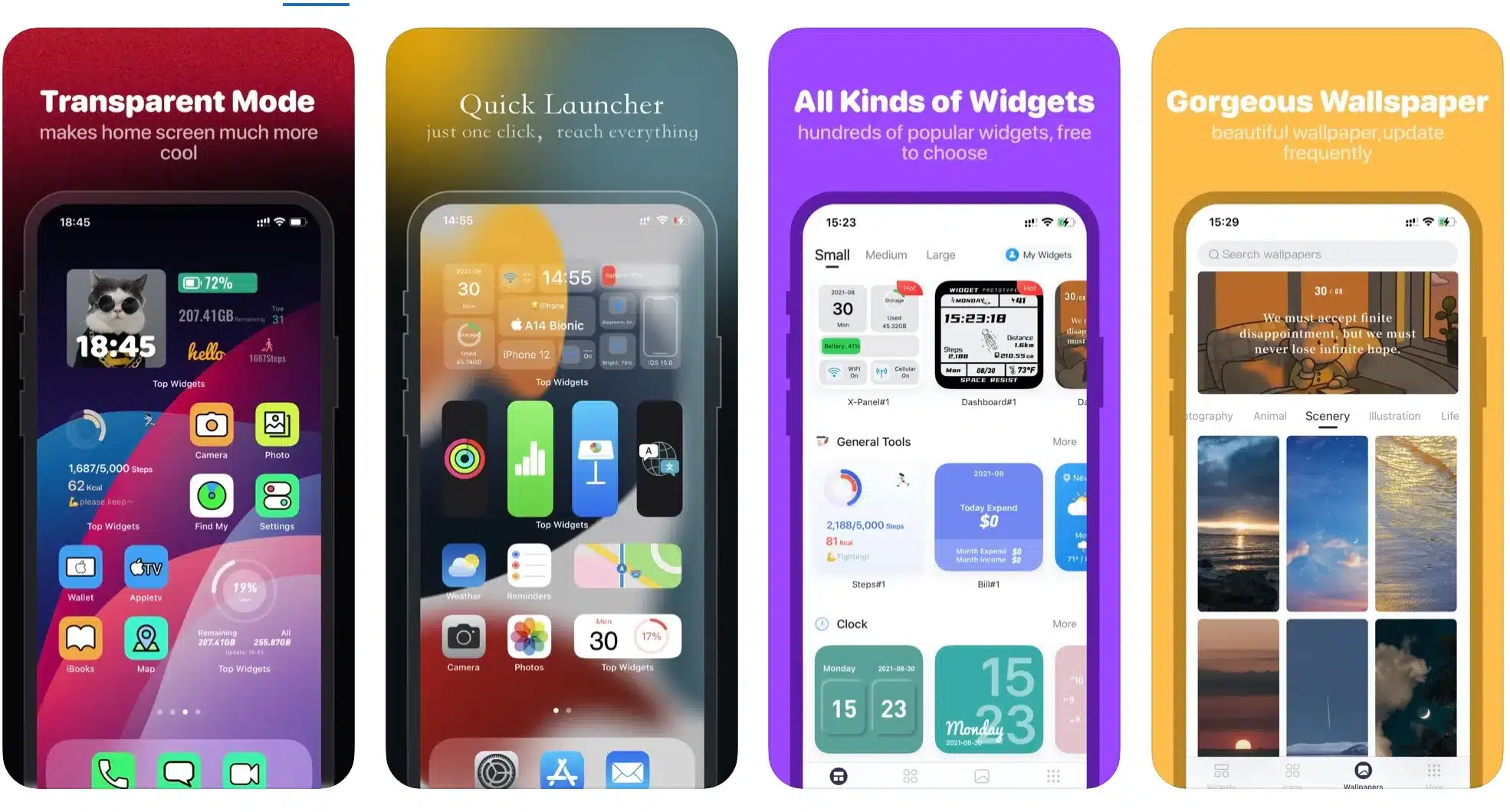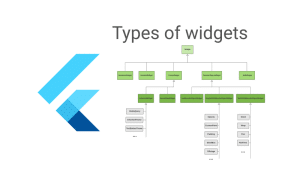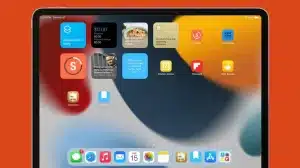The Most Common Widget: A Closer Look
Introduction
What is the most common widget? Widgets are essential to improving user experiences in the field of technology and user interface design. A widget is a tiny, independent application or visual user interface component that serves a single purpose and can be integrated into a bigger program or website. They are ubiquitous in our digital interactions and exist in a variety of forms, sizes, and functions. We explore the most popular types of widgets in this post as well as some of their many applications. For bridgewater website designs read on.
The Diversity of Widgets
There are many different types of widgets, each with its own function. Among the most popular widgets are:
1. Weather Widgets
Widgets for the weather are present on many different digital platforms. Based on their location, they offer customers real-time weather updates. The current temperature, humidity, wind speed, and weather forecast for the next few days are all displayed via these widgets. Weather widgets provide customers with easy access to crucial meteorological information, whether they are integrated into smartphone home screens or are visible on websites.
2. Clock and Calendar Widgets
Most operating systems and smart gadgets provide clock and calendar widgets as standard features. Users can effectively manage their schedules, track their time, and set alarms thanks to these widgets. These widgets can be customized by users to show various time zones, emphasize significant events, and even serve as reminders. There is no denying the ease of having a glanceable clock or calendar on the desktop or home screen.
3. News and Social Media Widgets
Many people place a high premium on staying informed, and news and social media widgets meet this requirement. On users’ displays, these widgets display headlines, updates, and social media feeds. Without having to open additional applications, users may stay up to speed with the most recent news articles or posts from their preferred platforms. Users are more engaged and time is saved thanks to this information’s seamless integration.
4. Music and Media Widgets
Music and media widgets give music lovers easy access to their favorite songs and playlists. On the home screen, these widgets include playing controls, album artwork, and song information. Without opening the music app, users may play, pause, skip, and adjust volume. This enhances and streamlines their listening experience.
5. Search Widgets
Users’ interactions with information have been changed by search widgets. Users can start web searches with these widgets without going to a search engine’s website because they provide a search bar right on the home screen or browser. Online information search is made more efficient by users’ ability to quickly input queries and receive search results.
Widget Implementation and Benefits
Widgets are widely used because of how simple they are to use and the advantages they provide:
1. Accessibility and Information at a Glance
By giving users quick access to essential information, widgets improve accessibility. Users may easily get crucial information without having to navigate through numerous apps or websites. This accessibility is especially useful for time-sensitive tasks and for people with disabilities. https://www.dynamicwebdesign.com.au/our-services/ecommerce-website-design-price/
2. Personalization and User Engagement
Users can customize their digital environments with the help of widgets. They can select widgets based on their preferences, such as playlists of their preferred music, news topics, and weather places. Users who experience this personalisation report feeling more engaged and like they own their gadgets.
3. Efficiency and Task Management
Widgets simplify processes and increase effectiveness. A to-do list widget, for instance, enables users to manage their chores without opening a different application. Users can lessen the likelihood of missing crucial events by using calendar widgets to keep track of their appointments.
4. Real-Time Updates
Real-time updates are provided by widgets, guaranteeing that users always have the most recent information at their fingertips. Widgets make it possible for consumers to keep updated without constantly manually refreshing, whether it’s about market prices, sports results, or social network updates.

The Future of Widgets
The use of widgets is anticipated to increase as technology develops further. Widgets may eventually blend in seamlessly with our physical environment thanks to developments in augmented reality (AR) and virtual reality (VR). Imagine living in a society where widgets for information, entertainment, and usefulness are seamlessly integrated into our daily activities.
Additionally, widgets might develop into something more dynamic and adaptable that lets users directly manipulate and engage with material through the widget interface. This might result in improved productivity tools as well as fresh approaches to entertainment, education, and storytelling.
Conclusion
Widgets have become crucial components of digital interfaces in today’s tech-driven environment. These adaptable tools have revolutionized how we obtain information and engage with technology, from weather updates to music playback. Widgets are positioned to play an ever bigger role as the digital world develops, enhancing our experiences and offering fresh ways to interact with material. So the next time you use your home screen to check the weather or manage your music, stop to consider how useful and convenient widgets are for your digital life. What is the most common widget?






